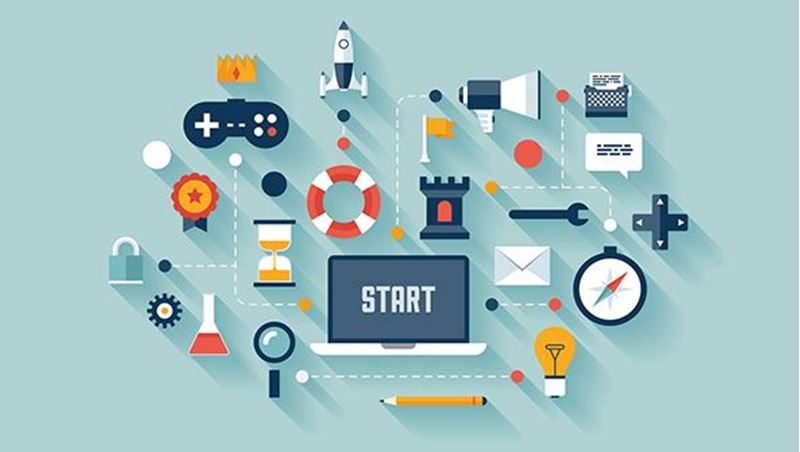- Delivery Method Online
- Professional Certificate
- 24hrs Suggested Study Time
- 3 Months Access
- Tutor Support
- Study On Any Device
- 564 Students
Explore Game Development

Take steps toward a new career in game development by building a foundation to design games in a wide variety of genres for different audiences and platforms.
There's never been a better time to start a career in the game development industry. Games can be found on computers, the Web, gaming consoles, and virtually every mobile tablet and phone. Industry forecasts indicate that gaming will be worth close to $100 billion dollars in the next two years. Talented, creative, and enthusiastic people are in great demand in this industry.
Whether you want to start your own indie game project in your basement or work with a small creative team or for a large game development studio, this course will prepare you to start developing your own games. You'll start by learning the fundamentals of game development and get an overview of game genres, platforms, and audiences. Next, you'll learn tools and techniques to help you make better design decisions and achieve greater efficiencies as you develop your own games.
You'll learn why many games fail and how to ensure your games are positioned for success. During the course, you'll gain hands-on experience in many of the game development processes. By the end of the course, you'll have the experience and confidence to start developing your own game.
Finally, we'll go behind the scenes of the game design industry to see how it started and where it's headed. You'll learn about the various roles in game development and how to pursue a career in the industry. When you complete the course, you'll be ready to start developing games right away!
Courses are delivered to you through expertly executed lessons, online instruction and interaction with like-minded students. Our courses are designed to deliver all of the benefits of studying in a classroom whilst giving you the flexibility to study at a time and place to suit your needs. You can access your classroom 24/7 from any device with an internet connection.
This course has a 3 month duration. You'll complete comprehensive lessons, quizzes and assignments before submitting your final exam at the end of the course to achieve your certificate. Courses must be completed within the 3 month access period.

Edward Lavieri
Dr. Edward Lavieri is an active educational game design researcher with a special interest in adaptive learning. He is the creator of the Adaptive Learning Game Design (ALGAE) model that provides game designers, developers, instructional designers... Read more
Read Edward Lavieri's ProfileFrequently Asked Questions
What people are saying about our courses
The Learning Environment
From the moment that you enrol in the Explore Game Development you will become an integral part of our learning community. You'll find yourself with the freedom to learn at a speed that suits you, on any device, from anywhere in the world. Achieving your career goals no longer has to mean compromising family and work commitments.
Ready to get started?
Enrol NowOur Values
Learn At Your Own Pace
We believe in personalised learning. That's why we provide all the tools and support you need to succeed at your own pace. With flexible learning, you'll stay motivated and retain more information. Plus, you can balance your studies with work and family commitments to make your dreams a reality.
We Won't Break The Bank
Education should be accessible to anyone who wants to learn. That's why we offer some of the most competitive prices in the industry with payments plans for just $25 per week. Investing in your future is a smart choice and doesn’t have to break the bank.
Industry-Led Courses
There's no better way to learn than from experts with years of experience in your field. That's why each of our 200+ industry-led courses are designed to give you a real-life perspective on your industry. With our expert mentors, you'll learn from people who have a wealth of knowledge and experience, and who are passionate about sharing it with you.
Get The Personal Support You Deserve
At Vibe Learning, we're real people who are dedicated to providing you with personal support every step of the way. Our industry experts are not only professional and knowledgeable but also incredibly passionate about sharing their expertise with you. With their guidance, you'll gain invaluable insights and practical knowledge to help you succeed.
Still looking?
Check out the following courses related to Explore Game Development:


